A few months back, we emphasized the importance of incorporating price ranges and offers to sellers. The focus of the message was on documentation, though, not the practice itself. But it goes without saying, that the reason for documentation is to help replicate and streamline a good practice.
For some though, the idea of making an exact price offer intimidates some buyers. The reason why however has less to do with actual risk, and everything to do with two things:
- 1) Knowing what a vehicle is worth; and
- 2) Understanding the sellers’ perspective - the customer.
In this video, Houston’s ProSale Nation CEO Aaron Gomez talks about how he and his team validate their exact offers for vehicles with individual private party sellers.
“We usually just say something to the effect of, ‘is there any damage not reflected in these pictures?’”
“Most of these vehicles,” he says, “are coming from a for sale by owner listing and at some point we have engaged in the exchange of pictures of the vehicle, and I’ve asked about damage to the vehicle.”
“Nine times out of ten,” Gomez assures, “the customer is very forthright. There may be some scratches here and there, but ultimately we give them an offer based on the conditions we expect.“
What do you look for before committing to meet with a seller to buy their vehicle?
When asked what he is looking for from the seller before making an offer and committing to meet for the sale, Gomez explains, “Mostly we are looking at the vehicle history. If it came from an auction in the last 30 days, that says a lot, the writing is on the wall. If you come across a vehicle that has over 30 service records, you already have in mind that the person before took good care of the car.”
“Just like reading a credit report, Gomez continues, “reading a vehicle history report can give you a good snapshot of what a vehicle is.”
Of course, vehicle history reports aren’t a guarantee of the vehicle’s true condition.
“A lot can happen in between reports but that's something you validate with questions about the condition,” Gomez explains. “First, I glance at the vehicle report and make a few assumptions there. And then I validate it by interviewing the customer.”
VAN Learning Center
These video excerpts come our VAN University webinars held every month that you can participate in absolutely free by going enrolling in the VAN Learning Center.
Become a more efficient and more profitable used car business with other VAN University members today!


![3 Keys to Appointment Success with Private Party Sellers [VIDEO]](https://blog.buywithvan.com/hs-fs/hubfs/Imported_Blog_Media/VAN-Psychology-Behind-Appointments-1920-p2video.png?height=500&name=VAN-Psychology-Behind-Appointments-1920-p2video.png)

![3 New Tips for Handling Price Objections with Private Sellers [VIDEO]](https://blog.buywithvan.com/hs-fs/hubfs/Imported_Blog_Media/VAN-Handling-Price-Objections-private-sellers.jpg?height=500&name=VAN-Handling-Price-Objections-private-sellers.jpg)